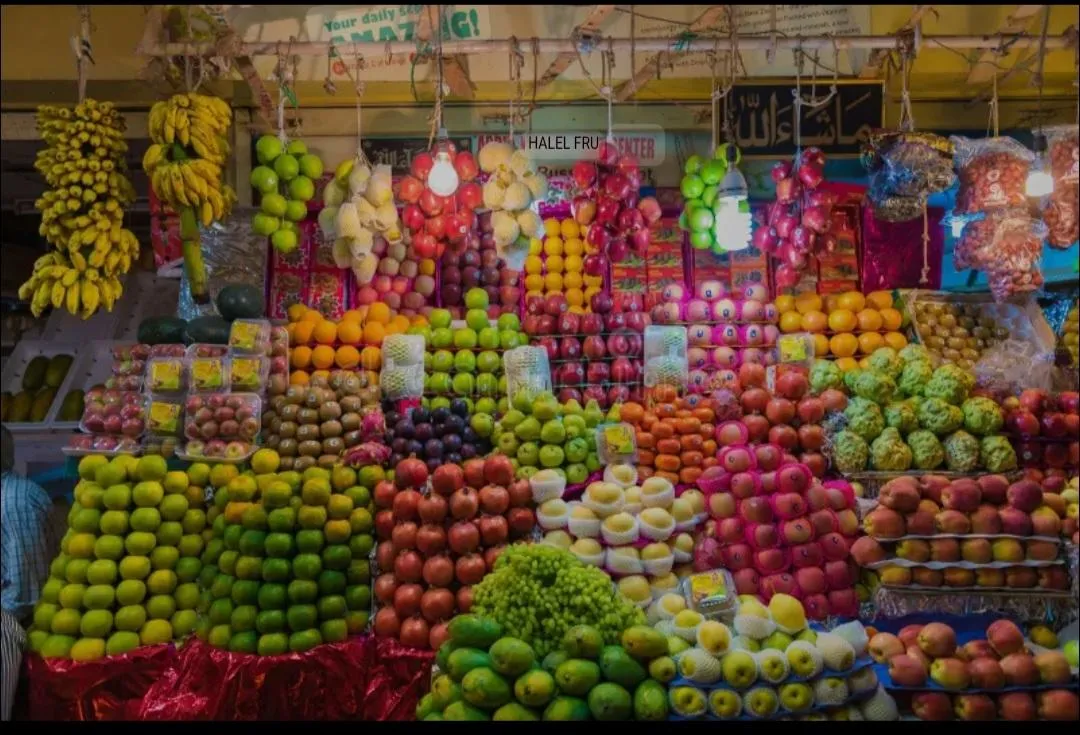
Eat Local,Think Global – A Taste from Home

Eat Local, Think Global – A Taste from Home
During a recent trip to my native place in India, I was reminded just how powerful food can be — not just for nourishment, but for memory, creativity, and connection.
Almost everything I ate that week was grown at home, organically, by my mom — a passionate gardener (I definitely don’t take after her in that department!). Apart from the mangoes, nearly all the fruits and vegetables I enjoyed were nurtured by her hands.
And yet, when I try to recreate the same dishes back home in the UK — using the same recipes — they never taste quite the same. (Yes, it might be my cooking!) But it got me thinking:
Does the idea of “Eat local and seasonal, think global” really hold merit?
Let’s explore that together.

🥦 Five Arguments for ‘Eat Local, Think Global’
1. Nutritional Quality
✅ Why It’s Better:
Fresher = More Nutrients
Vitamins like C and B-complex degrade quickly after harvest.
Example: Spinach can lose up to 90% of its vitamin C within 24 hours if not stored properly (Rickman et al., 2007).
Local produce reaches you faster, so it often retains more of these fragile nutrients.Naturally Ripened = Healthier
Sun-ripened, in-season fruits and vegetables tend to develop more antioxidants.
Example: Tomatoes ripened on the plant have more lycopene and vitamin C than ones picked early and ripened during shipping.
❌ Limitations:
Local Doesn’t Always Mean Fresh
Poor storage or long wait times can still lead to nutrient loss — even if it's local.
Example: Spinach from a local market might lose nutrients if left in the open too long.Frozen & Imported Can Still Be Nutritious
Many frozen fruits and vegetables are processed soon after harvest, locking in nutrients.
Example: Frozen peas may retain more vitamin C than "fresh" peas left in the fridge for days.Soil and Farming Matter More Than Distance
A carrot grown in poor soil nearby may have fewer nutrients than one grown in mineral-rich soil overseas.
Bottom line?
Local can be better — but freshness, soil, and handling matter just as much as distance.
2. Storage & Transportation
✅ The Case for Local:
Local food doesn’t need to travel far, reducing the need for refrigeration, plastic packaging, or ripening chemicals.
Example: Summer tomatoes grown outdoors in the UK use far less energy than winter tomatoes grown in heated greenhouses or flown from abroad.
❌ Not Always Better:
"Food miles" make up a small part of a food’s total carbon footprint.
How it’s grown — not just where — often matters more.
Some imported food comes from climates where farming is more efficient and less energy-intensive.
3. Environmental Impact
✅ The Green Benefits:
Less Energy Use
Local, seasonal produce avoids heated greenhouses and long-haul freight.
Example: Winter berries flown in by air use much more energy than summer berries grown locally.Fewer Emissions
Shorter distances = fewer transport emissions.Supports Sustainable Farming
Many small local farms grow traditional varieties using fewer chemicals, helping biodiversity.
❌ Counterpoint:
Food miles are only a part of the story.
Local farms can still use lots of water, pesticides, or energy.
Countries that specialize in certain crops can often grow them more sustainably.
Takeaway:
How your food is grown can be more important than how far it travels.
4. Taste & Texture
This one’s personal for me. If I ignore all the science and go with my senses — local and seasonal food usually wins.
✅ Why It Often Tastes Better:
Produce picked at the right time, in the right season, just tastes better.
Example: A summer strawberry, sun-ripened and fresh, is juicy and sweet — unlike bland, off-season versions.Imported produce is often picked early to survive transport, then ripened artificially. That can lead to a mealy or watery texture.
❌ But Not Always True:
Sometimes local produce is harvested in bulk and rushed to market, compromising flavor.
And taste is subjective — many people report local food tastes better, but blind taste tests don’t always agree.
Some imports from ideal climates — like Chilean grapes or Peruvian avocados — can actually taste amazing because they’re grown in perfect conditions and shipped quickly.
Conclusion:
Local and seasonal food often tastes better — but it's not a guarantee. Expectation, storage, and ripeness all matter.
5. Cost & Creativity
✅ Why It Can Be Inspiring:
Seasonal produce is usually cheaper and more abundant.
It challenges you to cook creatively — and I love that!
I've been in the UK for 23 years now and I’ve “Indianised” so many British ingredients — it’s become my own personal game.
Most weeks, I bring home one unusual fruit or vegetable and try to cook something with it — no recipe, just intuition.
Yes, there have been some disasters… but more often, I surprise myself.
Here are a few examples:
Curly kale + chana dal
Swede + egg pulusu (a kind of tangy soup)
Courgette and dill dal
Malai broccoli
Potato with seasonal greens
❌ But It’s Not for Everyone:
Not everyone has time, skills, or energy to get creative midweek.
Some seasonal vegetables can be intimidating or unfamiliar.
(Have you ever stared at a kohlrabi with no idea what to do with it? I have.)
Final word?
Local produce can be a playground for creativity — if you’re open to it.Vegetables grown out of season often:
Get less sunlight
Are harvested early
Are stored longer
May be from less nutritious varieties
All of these factors can lead to lower levels of vitamins, antioxidants, and minerals compared to their in-season counterparts.
✍️ My Take
Eating local and seasonal has its benefits — for your health, your taste buds, and sometimes your wallet.
But it’s not always the best or easiest option.
Local doesn’t always mean sustainable.
Organic doesn’t always mean better.
Imported food isn’t always the bad guy.
For me, “Eat local, think global” means:
Include seasonal fruits and vegetables as much as possible.
Be creative. Stay curious.
But don’t get too hung up on labels like “organic” or “home-grown” — they’re not always more energy-efficient or worth the extra cost.
🔄 Try This With Me
This week, I’m going to pick one ingredient I don’t usually buy and try cooking something new with it. No recipe. Just intuition.
What about you?
Pick something unusual at your local market. Get creative. Let your kitchen surprise you.
And if it turns out delicious, send me your recipe — I’d love to try it!



